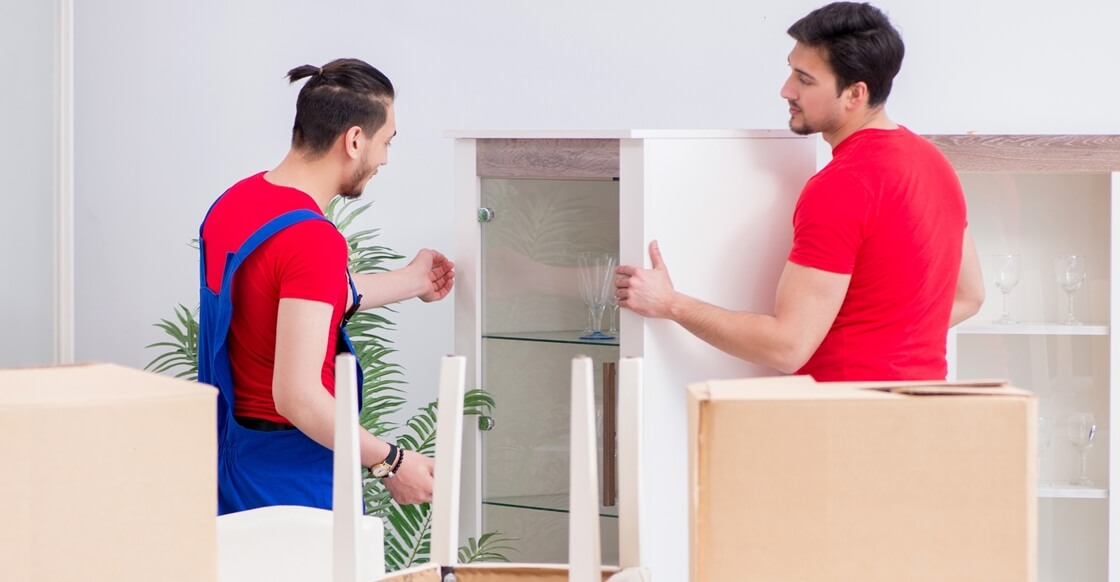Storing furniture in self-storage, whether it’s antique furniture or everyday items, on a short-term or long-term basis is made so much easier if you follow a few simple furniture storage tips. These tips will ensure that your furniture is safe during transit, and when the time comes to remove it from the storage unit, it will be in the same condition as you left it.
1. Find a safe place to store it
If you are lucky enough to have spare rooms like a large basement or attic, then these may be adequate for short-term house furniture storage. However, these areas tend to be damp and cold, and no matter what precautions you take, using these as long-term furniture storage options usually results in damaged furniture.
If you need to store furniture for a prolonged period, then a self-storage unit is the best option. A dry, secure, and clean storage space will ensure that furniture isn’t damaged by damp, mould, and warping due to temperature variations when it is in storage.
2. Calculate how much space you require
Cramming too many things into a small area is a recipe for disaster. Take an inventory of the items you need to store and calculate the approximate space that is required. To help you decide how much space you require, our friendly team of storage experts are always on hand to offer advice.
3. Organise suitable transport for your furniture
Once your furniture is safely tucked away in a storage unit, it is as safe as in your house. However, many people overlook the damage that can occur during transit. Trying to fit awkwardly shaped furniture into the family estate car will almost inevitably end up with damaged furniture and possibly damage to the car too! Then there is the sheer hassle of multiple trips and the associated fuel costs.
For most people hiring a van, with or without a driver, is the safest option to make sure your furniture arrives safely, and the family car can breathe a sigh of relief.
4. Clean all the items to be stored
This is a vital step if you want to find your furniture in perfect condition when it comes out of storage. Although all our units are clean and dry, any damp or mould that is present when your furniture is stored will spread during storage and can affect items stored alongside it.
Following a few simple steps will ensure your furniture remains in perfect condition during storage:
- Soft Furnishings (Sofas etc.) – Remove the cushions and vacuum all the crevices to remove dust, food crumbs etc. Use a fabric cleaner or other suitable cleaner to wash the surfaces and ensure it is thoroughly dry before storage. This can also apply to items like curtains, rugs, and blankets.
- Wooden Furniture – Clean thoroughly with warm soapy water and a soft cloth. Once dry, use furniture wax to seal it for the duration of the storage. It is also important to check for woodworm damage and treat any affected furniture before storage to prevent it from spreading.
- Silver and other metal objects – These should be polished before storage to reduce oxidation.
5. Optimise your furniture for transit and storage
The reason that furniture stores love to sell flat-packed furniture is that it is so much easier to store. The same rule applies when you put your furniture into storage. If it can be dismantled, then this maximises the usage of your storage area and also makes the furniture easier to protect.
One tip is to place all the screws and fittings from the furniture in a sturdy plastic bag and securely tape them to the relevant piece of furniture. Some people also find it handy to take a note of which sections particular screws were used.
It is also a good idea to store smaller items inside wardrobes, desk drawers and chests, although this may be best done in the storage unit to make them lighter during transit.
6. Protect your furniture by covering or wrapping it
Delicate items such as picture frames, mirrors, or glass tabletops, are best bubble-wrapped to protect them during transit and storage. Larger items such as chests of drawers, wardrobes, and sofas should be covered with dust sheets during storage. Old sheets and blankets can also be used for this purpose.
7. Efficiency is key
Making the most of the available storage space is always good practice. Items like sofas and mattresses are best stored vertically and around the edges of your storage unit. This maximises the usage of your space. The same applies to smaller items such as mirrors and paintings. Storing these vertically both saves space and protects them from potentially being damaged. At Belfast Self Storage, our units are higher to afford you extra storage capacity, which means better value for money.
It is also wise to store items that you may need to remove from storage somewhere easily accessible.
Don’t wait any longer, call us today to find out how we can help solve your furniture storage problems.
Our friendly team is always ready to help with your furniture storage needs, providing quality service at a competitive price. Whether you’re storing furniture during a house renovation or need long-term furniture storage due to moving to a smaller house, we’ve got you covered. Our storage facilities are designed to keep your belongings safe from pests and in top condition.
So, whether it’s antique furniture, fragile items, or anything else, you can trust us with your furniture self-storage needs.


